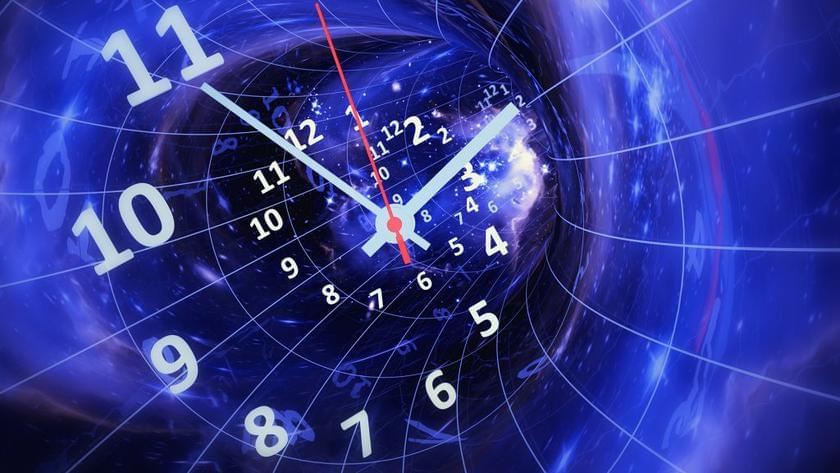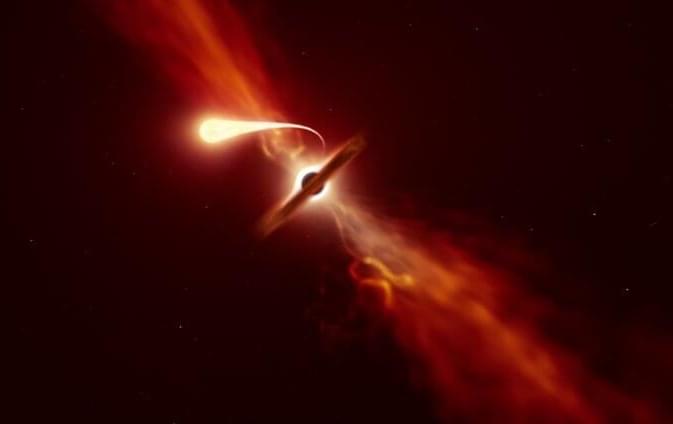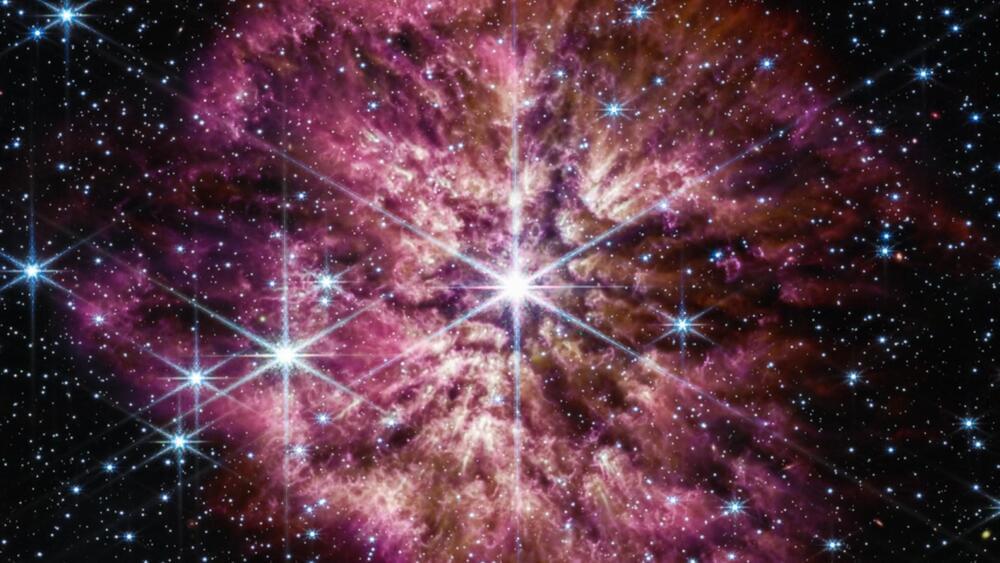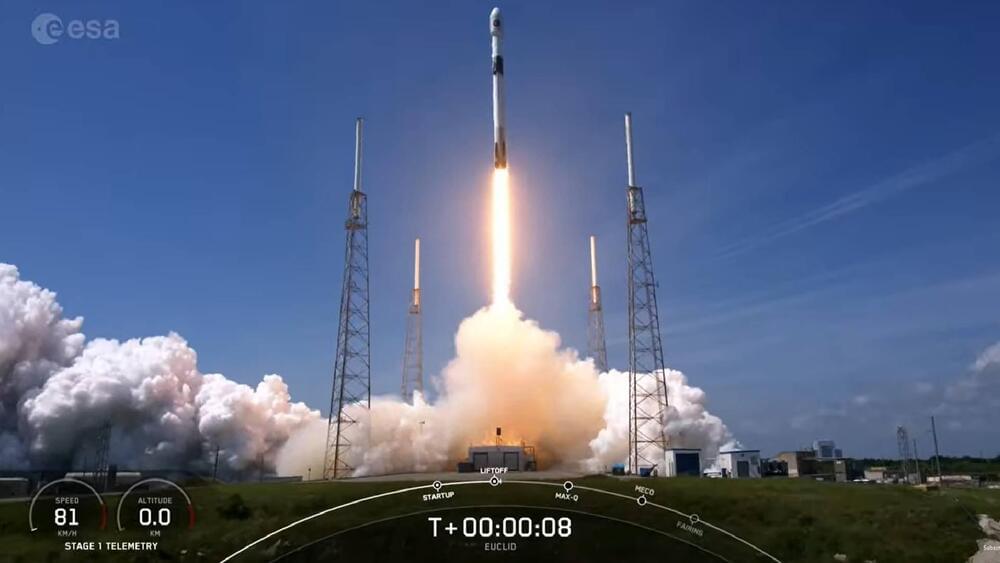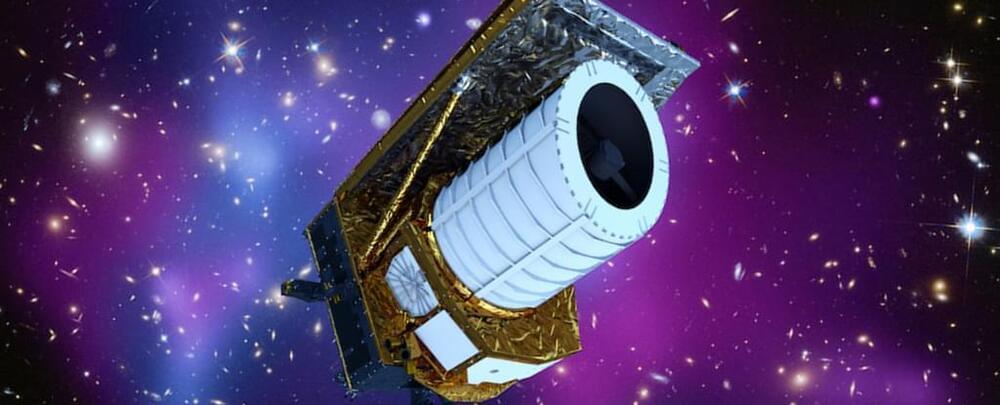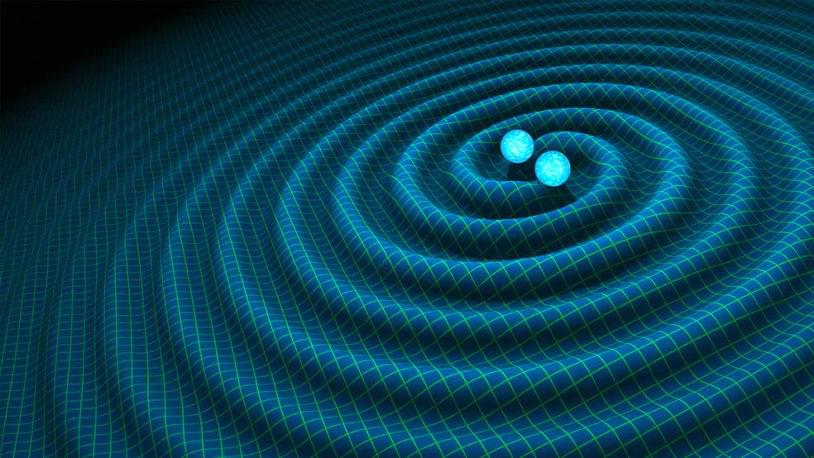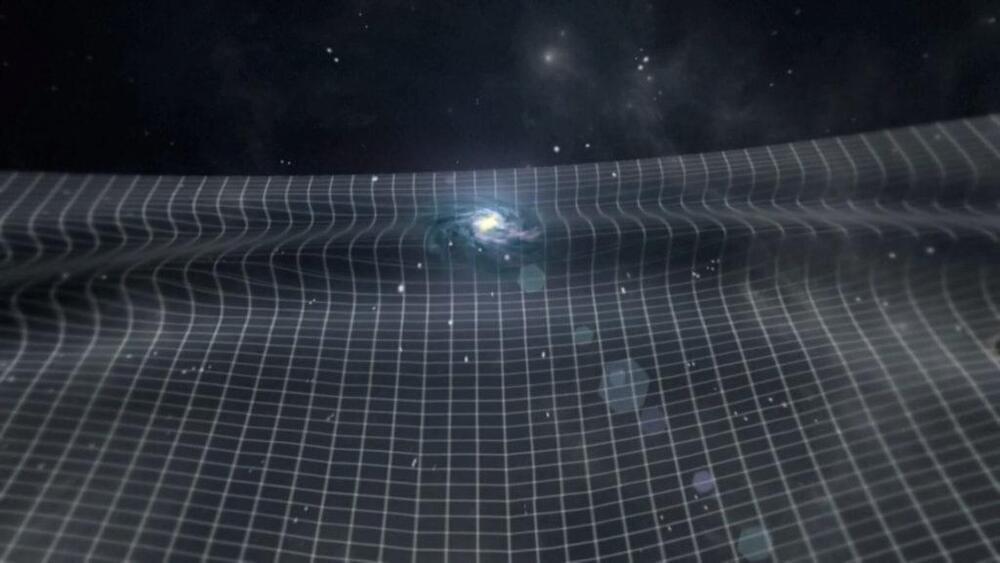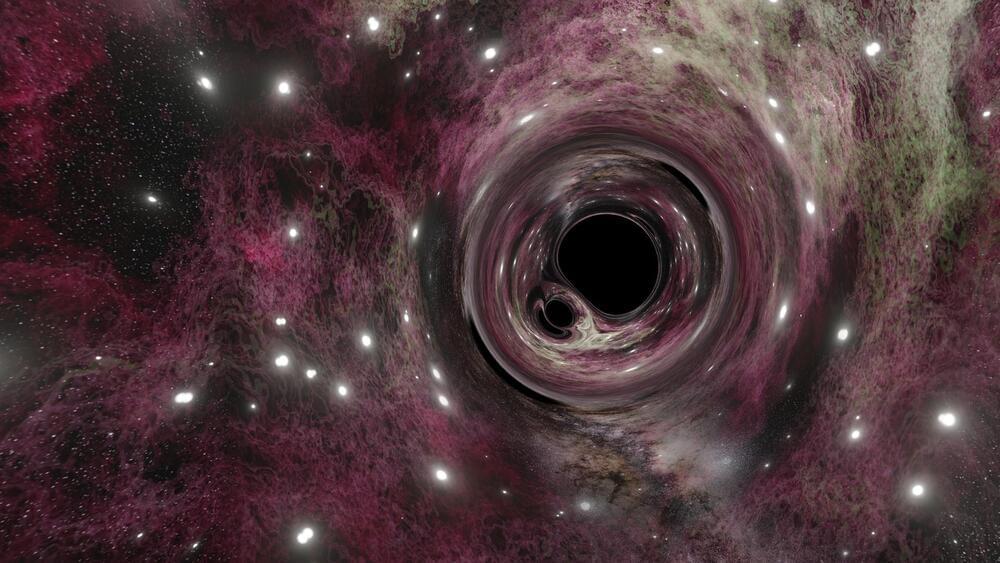Jul 5, 2023
A 20-year study of 190 supermassive black holes has shown that time flowed five times slower at the dawn of the Universe than it does now
Posted by Genevieve Klien in categories: cosmology, robotics/AI
Researchers from the University of Tokyo pool knowledge of robotics and tissue culturing to create a controllable robotic finger covered with living skin tissue. The robotic digit has living cells and supporting organic material grown on top of it for ideal shaping and strength. As the skin is soft and can even heal itself, the finger could be useful in applications that require a gentle touch but also robustness. The team aims to add other kinds of cells into future iterations, giving devices the ability to sense as we do.
Albert Einstein proved decades ago that time and space are inseparable. However, because of the expansion of the Universe, events that occurred after the Big Bang now appear to have slowed down. As it turned out, time flowed many times slower at the dawn of the Universe than it does today.
